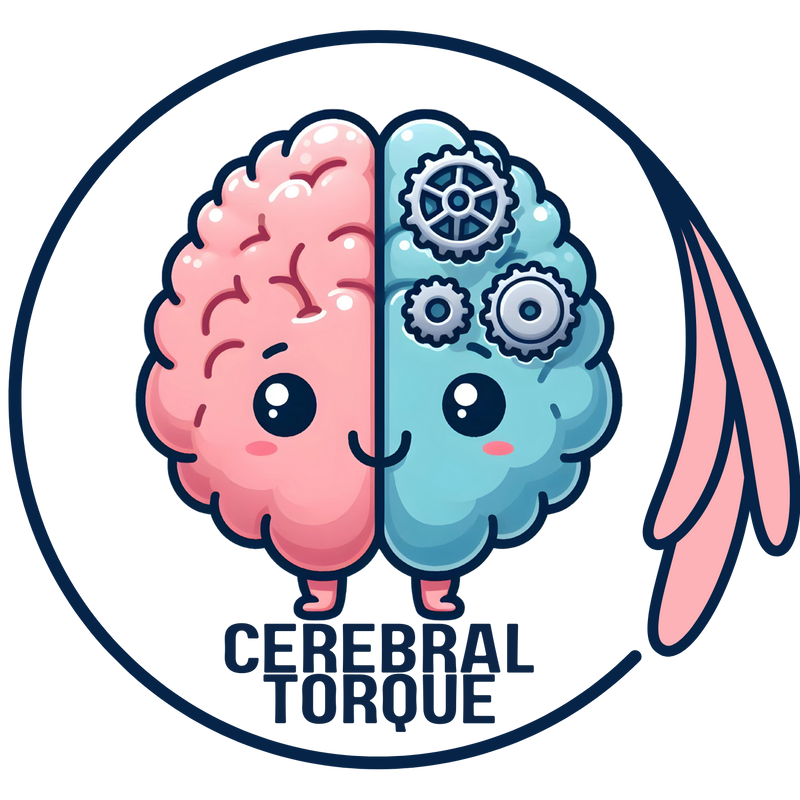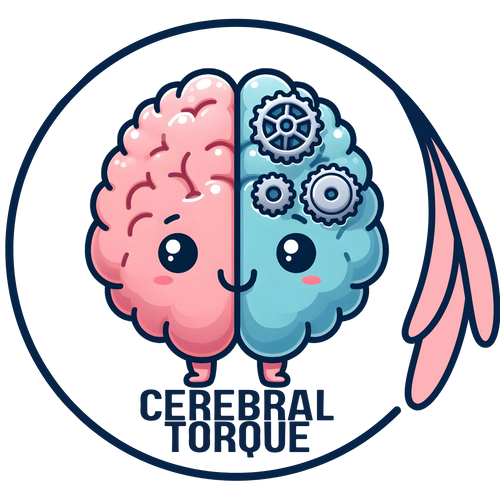Morning Headache Caused by Sleep Apnea (Sleep Apnea Headache): An underdiagnosed cause of headache
Posted on September 20 2023,

Obstructive sleep apnea (OSA) is a common sleep disorder that consists of repeated pauses in breathing during sleep. The upper airway is more collapsible during sleep due to a decrease in muscle tone (especially when sleeping supine and/or in REM sleep). Therefore, there is a narrowing or collapse of the upper airway that may result in a decrease of oxygen saturation, sleep fragmentation, respiratory effort-related arousals (occurs when the effort to breathe through the narrowed or collapsed airway leads to brief awakening from sleep), and daytime sleepiness, which leads to a variety of symptoms. One common symptom associated with sleep apnea is morning headache aka sleep apnea headache.
Epidemiology
- The prevalence of sleep apnea in the adult population is 15-30% in males and 5-15% in females when defined as an apnea-hypopnea index (AHI) greater than 5 events per hour of sleep.
- The apnea-hypopnea index quantifies the number of apneas and hypopneas per hour during sleep. A higher AHI indicates more severe OSA. (AHI = [apneas + hypopneas] / total sleep time in hours)
Normal: AHI<5
Mild sleep apnea: 5≤AHI<15
Moderate sleep apnea: 15≤AHI<30
Severe sleep apnea: AHI≥30
- Females catch up to the prevalence of males during peri- and postmenopause.
- Morning headaches occur in 10-30% of patients with untreated sleep apnea.
Risk Factors
Older age: Research finds OSA prevalence rises from young adulthood through the 60s-70s, then levels off.
Male sex: 2-3x more common than females. As previously stated, the risk is the same when females reach perimenopause.
Obesity: OSA risk increases with increasing BMI. Obesity is not a requirement for OSA.
Craniofacial abnormalities: More common in East Asians than other populations due to facial structure. Enlarged tonsils and adenoids may also result in OSA, but this is more common in children.
Other risk factors include large neck circumference, smoking, and nasal congestion.
Sleep apnea is also more common in those with certain medical conditions including hypertension, cardiovascular disease, hypothyroidism, fibromyalgia, stroke, and more.
Recent literature has also linked severity, age of onset, and duration of cluster headache with OSA (there is currently no established link between migraine and OSA). A common misconception is that obesity is required for OSA to occur, but this is false.
Pathophysiology
Sleep apnea headaches are probably due to oxygen deprivation, increased carbon dioxide (hypercapnia), impaired sleep quality, episodic rises in intracranial pressure, and sleep fragmentation from the repetitive apneas and hypopneas. Treating the underlying sleep apnea resolves the morning headaches.
More research is needed to fully understand the link between OSA and morning headaches.
Clinical Features
The typical features of sleep apnea headache include:
- Occur upon awakening in the morning
- Mostly bilateral
- Resolves within 4 hours
- Pressing or squeezing quality, without nausea, photophobia or phonophobia
- Occur most days of the week
- Often associated with other symptoms like snoring, daytime sleepiness, or observed apneas
Diagnosis
Definitive diagnosis requires an overnight sleep study (polysomnography) to confirm sleep apnea with an AHI of ≥5 events per hour. Sleep studies can also assess oxygen levels and sleep quality.
Specific diagnostic criteria according to ICHD-3:
- Headache present on awakening after sleep and fulfilling criterion C
- Sleep apnoea with apnoea-hypopnoea index ≥5 has been diagnosed
- Evidence of causation demonstrated by at least two of the following:
- headache has developed in temporal relation to the onset of sleep apnoea
- either or both of the following:
- a) headache has worsened in parallel with worsening of sleep apnoea
- b) headache has significantly improved or remitted in parallel with improvement in or resolution of sleep apnoea
- headache has at least one of the following three characteristics:
- a) recurring on ≥15 days/month
- b) all of the following:
- – bilateral location
- – pressing quality
- – not accompanied by nausea, photophobia or phonophobia
- c) resolving within 4 hours
- Not better accounted for by another ICHD-3 diagnosis
While morning headaches are noticed by the patient, a partner or family member usually notices the episodes of hypopnea and apnea due to the fact that the patient may not awaken completely during them. Even if the events do awaken the patient, they may not be remembered.
Treatment
Positive airway pressure (PAP) therapy is the mainstay of OSA treatment. PAP prevents airway collapse during sleep by delivering constant positive pressure. Indications vary, but PAP is generally recommended for moderate-severe OSA (apnea-hypopnea index or AHI ≥15 events/hour) and can be considered for mild OSA in certain high-risk groups. The most common modes are continuous PAP (CPAP) and auto-titrating PAP (APAP). A titration study helps determine optimal pressure settings before starting PAP at home.
For those who fail or do not tolerate PAP, other options include oral appliances, hypoglossal nerve stimulation, and upper airway surgery in select cases. Pharmacotherapy has a very limited role.
Thu, Jan 01, 26
Alternate Nostril Breathing Protocol for Migraine
Alternate nostril breathing is a simple yogic technique that's showing real promise for migraine prevention. Unlike acute treatments, this practice builds nervous system resilience over time - making attacks less...
Read MoreFri, Dec 26, 25
Why Migraine and Jaw Pain Go Together: New Research (2025) Explains the Link
A 2025 systematic review of over 10,000 patients confirms a strong bidirectional link between migraine and temporomandibular disorders. People with migraine are 6 times more likely to develop TMD, while...
Read MoreSat, Dec 20, 25
Eptinezumab (Vyepti) Desensitization Protocol
First-ever eptinezumab (Vyepti) desensitization protocol for migraine patients with hypersensitivity reactions. 10-step hospital-based approach proven safe and effective.
Read More


